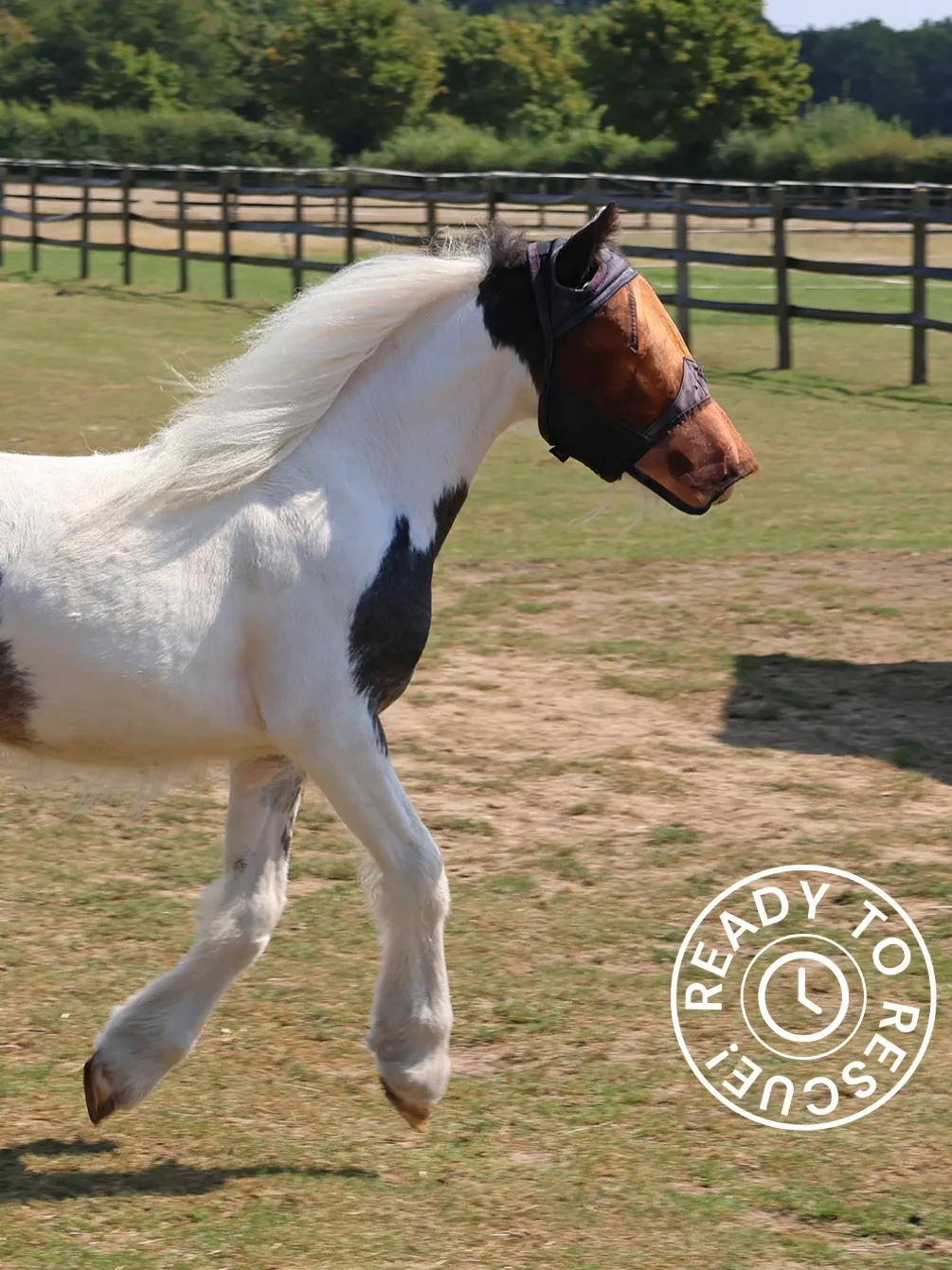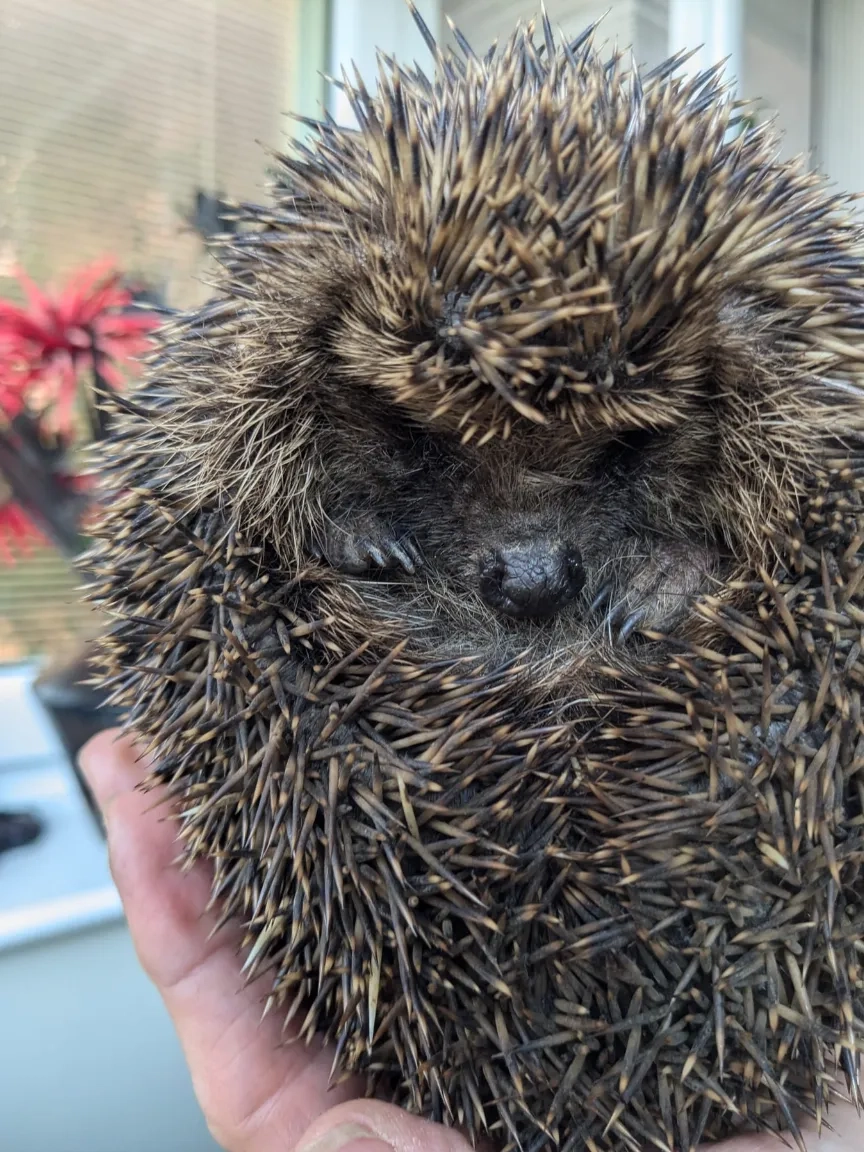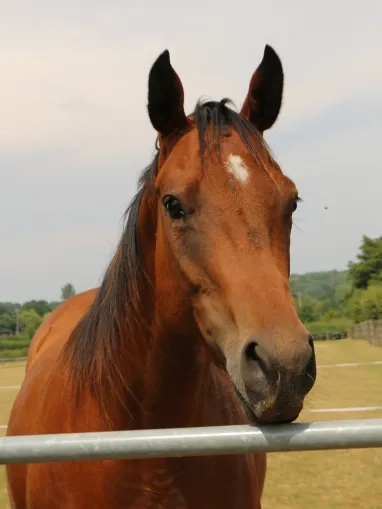18 August 2017
Equine Atypical Myopathy (also known as Sycamore poisoning) is a devastating disease caused by the consumption of a toxin found in the leaves, seeds and seedlings of Sycamore and Box Elder trees.
We recommend taking a paddock walk as soon as possible to identify any Sycamore trees bordering your paddocks and upstream of any water courses that your horses have access to. Although the majority of cases are found in the autumn, it’s important to remember that seeds, leaves and seedlings can be consumed all year round.
What are the symptoms of Atypical Myopathy?
Atypical Myopathy is caused by the toxin Hypoglycin A, which irreparably damages muscle cells particularly postural muscles that enable the horse to stand, cardiac muscle of the heart and those in the chest wall that are needed for respiration.
Breakdown of the muscle releases large amounts of protein into the blood, which the kidneys struggle to clear into the urine. Ultimately this can result in collapse with respiratory, cardiac and renal failure. There is no antidote to the toxin and as many as 70% of severely affected horses will die.
It is essential to seek veterinary advice as soon as possible because early intervention can radically improve the chances of survival. Many cases will need hospitalisation and extensive fluid therapy and it is easier to move a horse that can still stand unaided. The majority of affected horses that are still alive 5 days after the initial signs of Atypical Myopathy are likely to fully recover.
Symptoms of Atypical Myopathy include:
Which horses are at risk?
A lot of research is going on to better understand Atypical Myopathy but currently it is thought to affect any breed and any age of horse. There have been cases where co-grazers of the same paddock as an Atypical Myopathy case have not developed symptoms and where the presence of Hypoglycin A has varied between individuals in the same group. This is thought to reflect the fact that individual horses graze differently from each other rather than to provide any indication of some horses being more likely to contract the disease than others.
What can I do to protect my horse?
Although cases are more likely in autumn, a peak also occurs in the spring due to consumption of Sycamore seedlings that are also high in the toxin Hypoglycin A. There are some steps you can take:
If you have found sycamore present in or near to your fields you it’s advisable to cordon off areas where seeds fall and check grazing regularly for the emergence of new seedlings.
As seeds can disperse over large distances you may need to consider:
Seeking advice of an agronomist to treat the seedlings and monitor the results of any herbicide treatment of the land

How to identify a Sycamore
Sycamore (Acer Pseudoplatanus) and Box Elder (Acer Negundo) trees belong to the Acer Tree family with their distinctive helicopter seeds. Both Box Elder and Sycamore seeds and seedlings contain the toxin Hypoglycin A, while a study conducted in the Netherlands suggested the Norway Maple (Acer Platanoides) and the Field Maple (Acer Campestre) are safe. Other members of the Acer family may contain variable amounts of Hypoglycin A and should be tested individually to confirm whether or not they pose a risk to your horse.
This guide should help you distinguish between them:
Sycamore leaves:

Sycamore leaves (above left) have more rounded and serrated lobes compared to the Norway Maple, which is smoother and more pointed.
On the tree:



Variation in Sycamore leaves
Sycamore leaves can vary in colour. The leaf shape will always appear with five rounded and serrated lobes in all cases.

Seeds
The shape of the seeds are the most distinctive difference between the Sycamore and Field and Norway Maple. The Sycamore seed pairs tend to be more ‘V-shaped’ and help to tell sycamore apart – the angle of the seeds is narrower than both Field and Norway Maple.

Sycamore seeds, (aboveleft) while still in their pairs on the trees, hang in long trailing bunches and each individual pair forms a tight V shape. The paired seeds of the Norway Maple (above right) form a much wider V shape and hang in small clumps.


It can be difficult to identify a fallen helicopter seed in isolation especially if no longer in a ‘pair’ and partially decayed so it is important to thoroughly check neighbouring fields for suspicious trees and if in doubt consider sending the seeds away for Hypoglycin A testing.
Flowers
In spring, Sycamore Trees can be distinguished by their flowers, which hang from the tree in a droplet formation that hang from the tree. Meanwhile the Norway Maple has bunches of flowers that grow out to the side from the branch.

For more information about seed testing, click here.

Redwings Press Office
Find out more about Redwings Press Office



